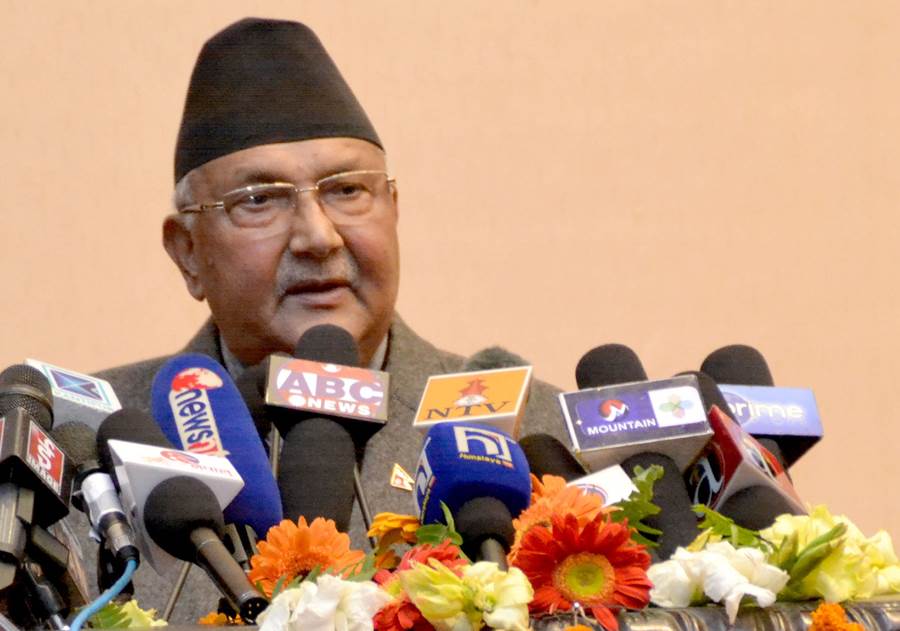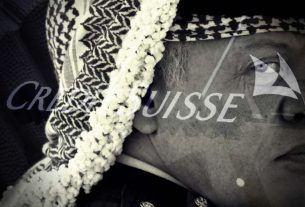Wed 15 July 2020:
Stoking a potential controversy, embattled Prime Minister K.P Sharma Oli on July 13 claimed that the “real” Ayodhya lies in Nepal, not in India and that Lord Ram was born in Thori in southern Nepal.
As he accused New Delhi of “encroaching on cultural facts” amid frayed diplomatic relations between the two South Asian neighbours.
“We have been oppressed a bit culturally. Facts have been encroached,” Oli said at a function at his residence in the capital, Kathmandu, on Monday, according to Nepali news website setopati.com.
Condemning Mr. Oli for his remarks, BJP national spokesperson Bizay Sonkar Shastri said that the Communists in Nepal will be rejected by the masses in the same way they have been in India, even as Left parties in India played with people’s faith.
“Lord Ram is a matter of faith for us, and people will not allow anybody, be it Prime Minister of Nepal or anyone, to play with this,” he said in New Delhi.
According to Hindu mythology, Lord Ram was born in Ayodhya town located in the northern Indian state of Uttar Pradesh and married to Sita from Janakpur located in present-day Nepal.
But the 68-year-old leader claimed Ayodhya is a village to the west of the Nepali border town of Birgunj. He added that Ayodhya in Uttar Pradesh, about 135km from state capital Lucknow, is a more recent creation of India’s.
“We still believe that we gave Sita to Indian Prince Ram. But we gave to the prince from Ayodhya, not India. Ayodhya is a village a little west to Birgunj, not the Ayodhya created now,” he was quoted as saying by setopati.com.
India’s Hindu far-right believe Ram was born at the site of a medieval-era mosque. The Babri mosque was demolished by a Hindu mob in 1992. Last year India’s Supreme Court gave the disputed land to Hindus to build a Ram Temple, asking Muslims to build a mosque far from the site.
On Tuesday, Nepal’s foreign ministry sought to clarify Oli’s comments.
“As there have been several myths and references about Shri Ram and the places associated with him, the prime minister was simply highlighting the importance of further studies and research of the vast cultural geography the Ramayana represents to obtain facts about Shri Ram, Ramayana and the various places linked to this rich civilization,” the ministry said in a statement.
“The remarks were not meant to debasing the significance of Ayodhya and the cultural value it bears.”
The Nepali prime minister has attacked India several times since a diplomatic row erupted on May 8 when New Delhi inaugurated a Himalayan road link passing through the disputed territory of Kalapani. Nepal opposes a controversial Indian map published last November that showed Kalapani in India.
Think your friends would be interested? Share this story!





